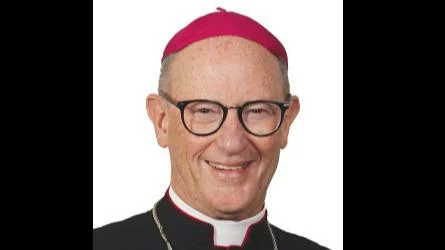
Rev. James D. Conley, D.D., S.T.L. | Diocese of Lincoln website
Francis of Assisi, born in Italy in 1181 or 1182, was originally named John. He was later called Francis because his father was on a business trip to France at the time of his birth. As a young man, Francis lived a wild life until he was captured during a conflict between Assisi and Perugia and imprisoned for a year. After his release, he began a gradual conversion to Christianity that culminated when he gave alms to a leper and kissed him.
While praying in the Church of San Damiano, Francis believed Christ instructed him to "Rebuild my church." He started repairing the ruined church using his father's resources. This led to conflict with his father, who disinherited him after Bishop Guido of Assisi mediated their dispute. Francis then renounced all claims to wealth.
Living as a hermit without property, Francis attracted followers who formed a community centered around the chapel of Portiuncula, which had been given by the Benedictines and restored by Francis himself.
St. Clare joined Francis's pursuit of poverty and founded the Second Order of St. Francis, known as the Poor Clares. The two maintained a lifelong friendship.
Francis made three attempts to travel to Muslim territories and preach Christianity. His first attempt ended with a shipwreck near Syria; his second journey was cut short by illness. On his third attempt, he arrived in Egypt with twelve friars during the Crusades. Despite warnings from crusaders about potential danger, he entered the Muslim camp and met Sultan Malek al-Kamil directly. During their meeting, Francis stated: “I am sent not by men but by the most high God, to show you and your people the way of salvation by announcing to you the truths of the gospel.” Although he did not convert the sultan or achieve martyrdom as he had hoped, both Muslims and crusaders were reportedly inspired by his actions.
In 1224, Francis is said to have received stigmata—the wounds resembling those suffered by Christ—on his own body.
Suffering from pain related to these wounds and declining health, Francis composed "Canticle of the Sun" before dying in 1226.
Although he requested burial in a cemetery for criminals, Pope Gregory IX ordered that a basilica be built at Colle dell’Inferno for his interment instead. Gregory IX canonized Francis less than two years after his death in 1228.

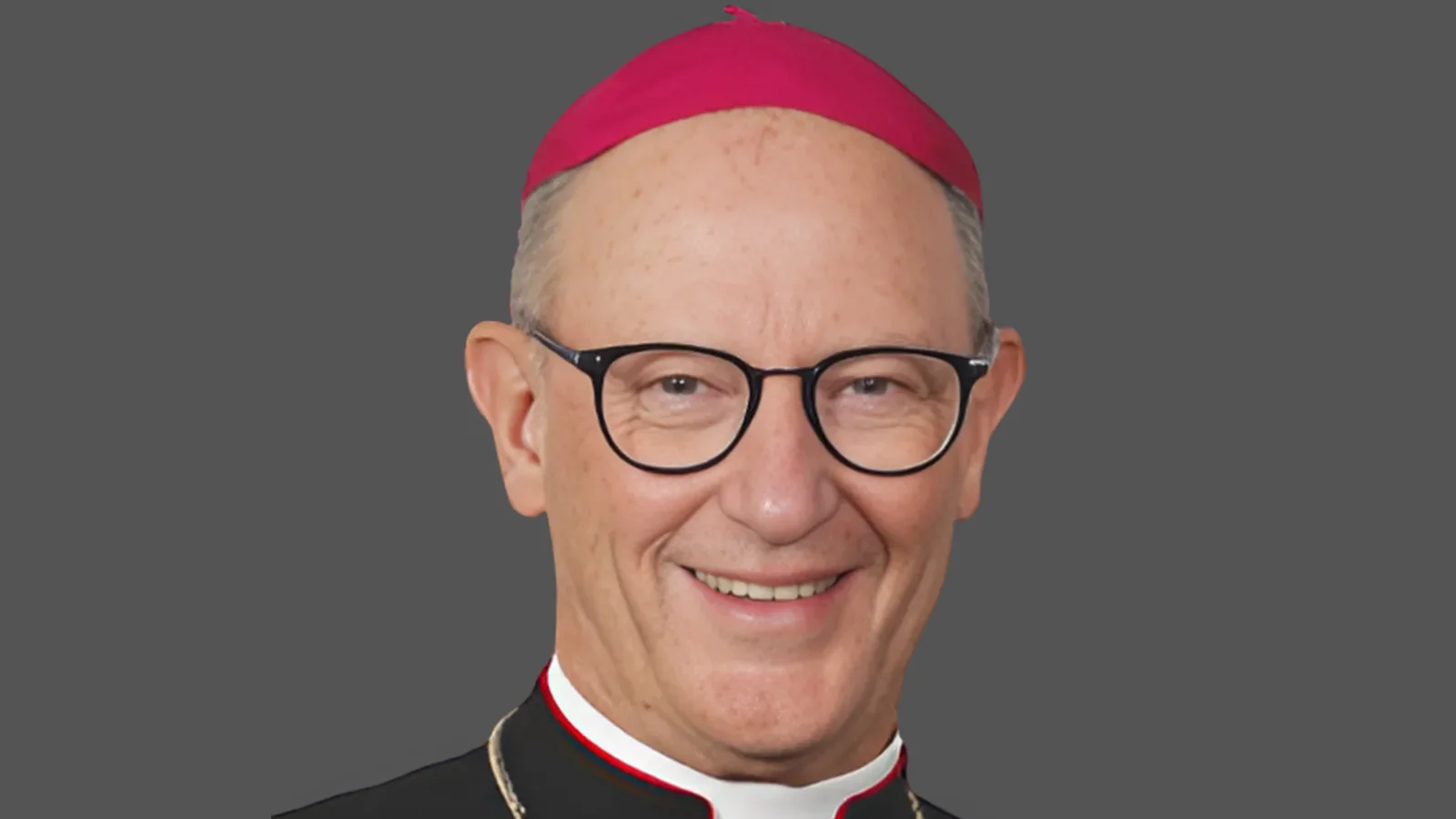
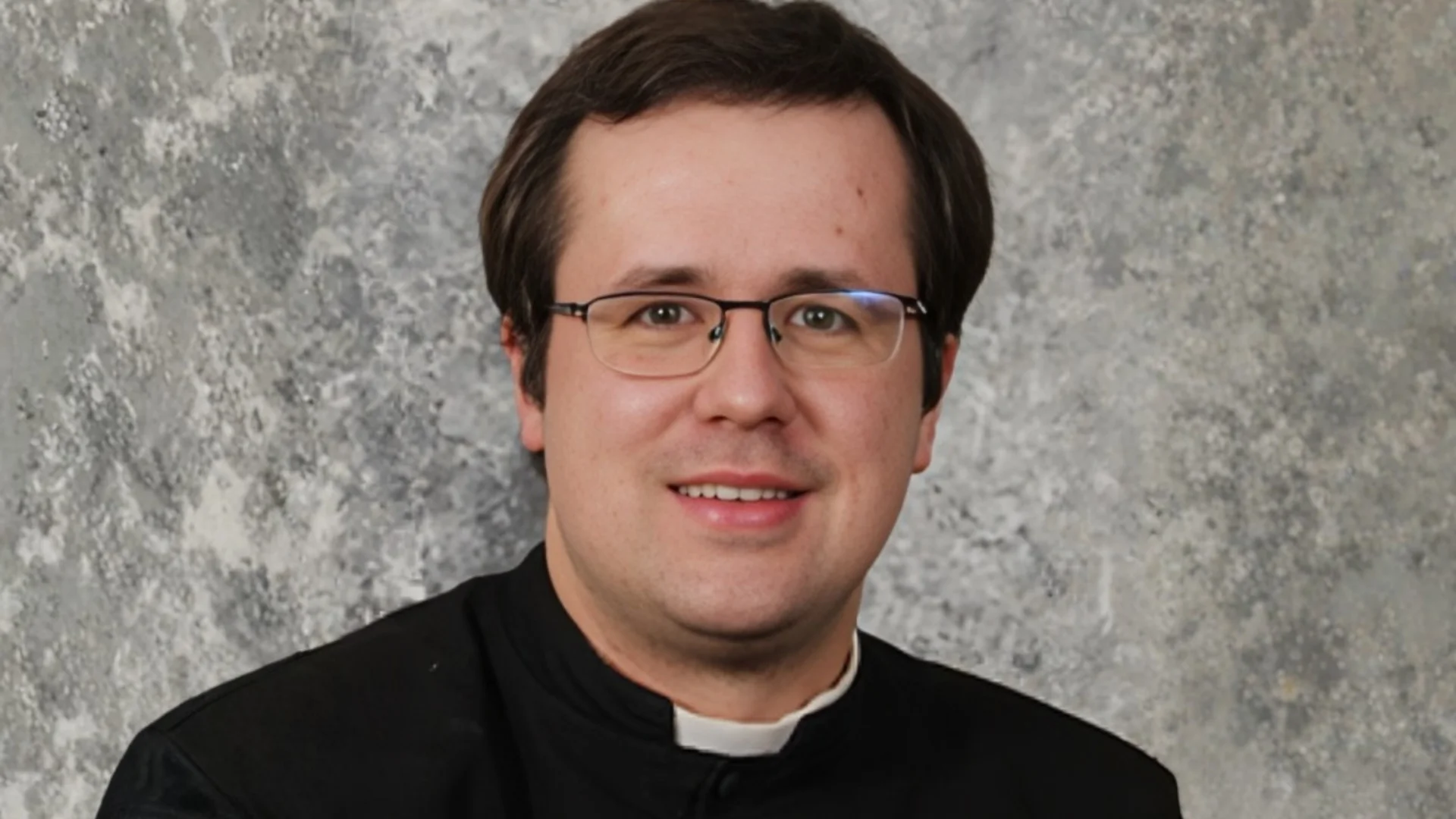
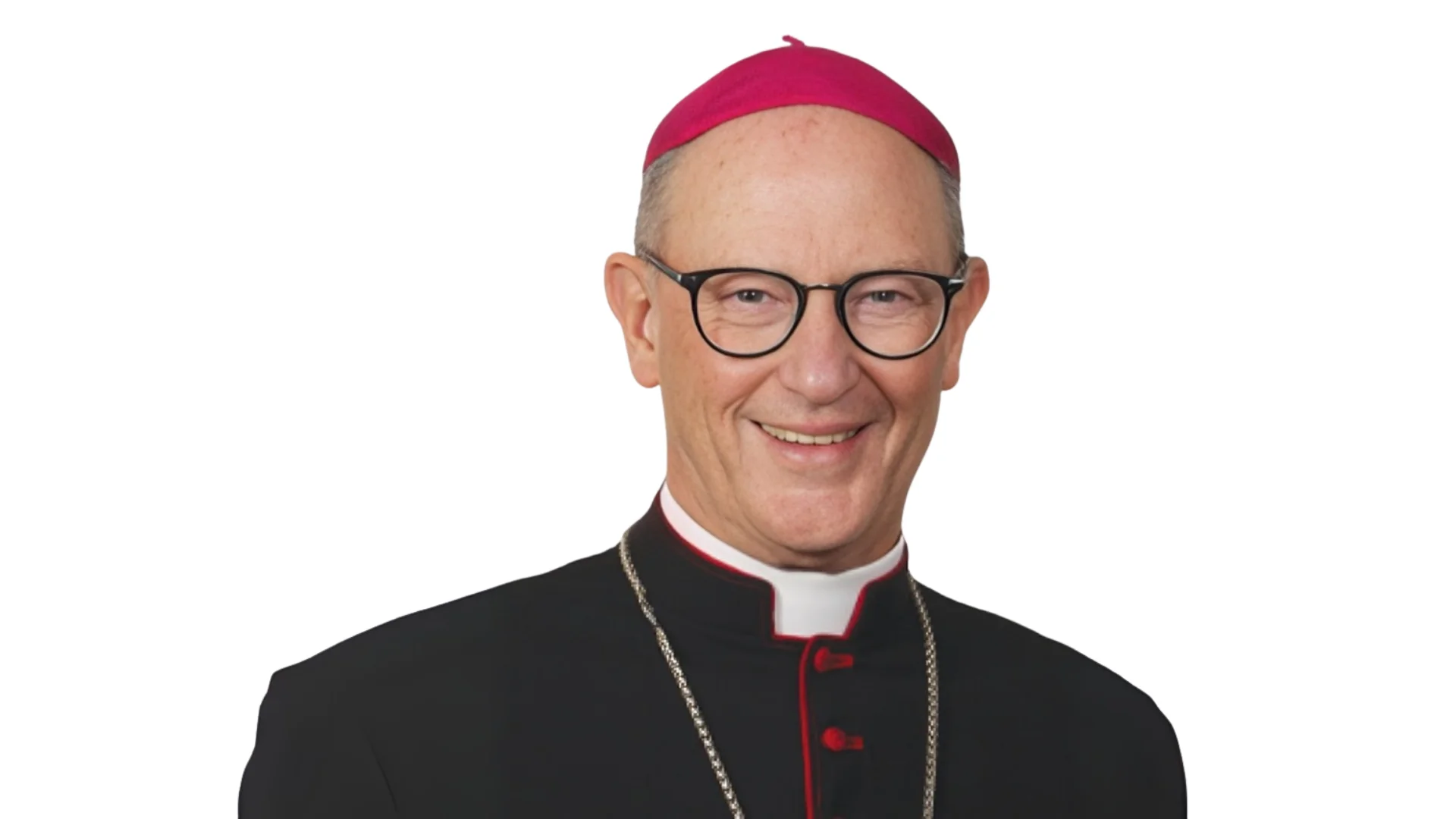

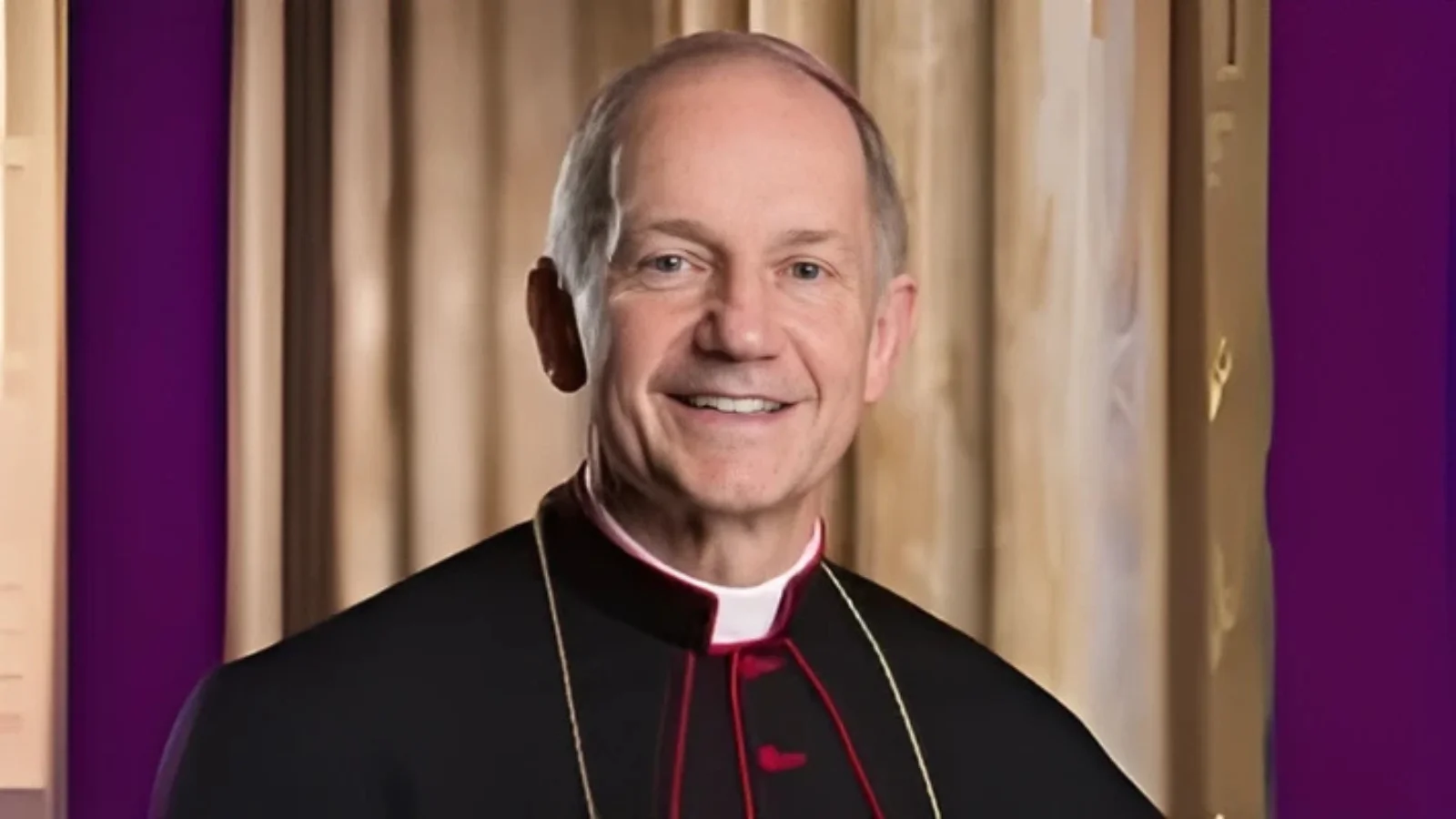
 Alerts Sign-up
Alerts Sign-up